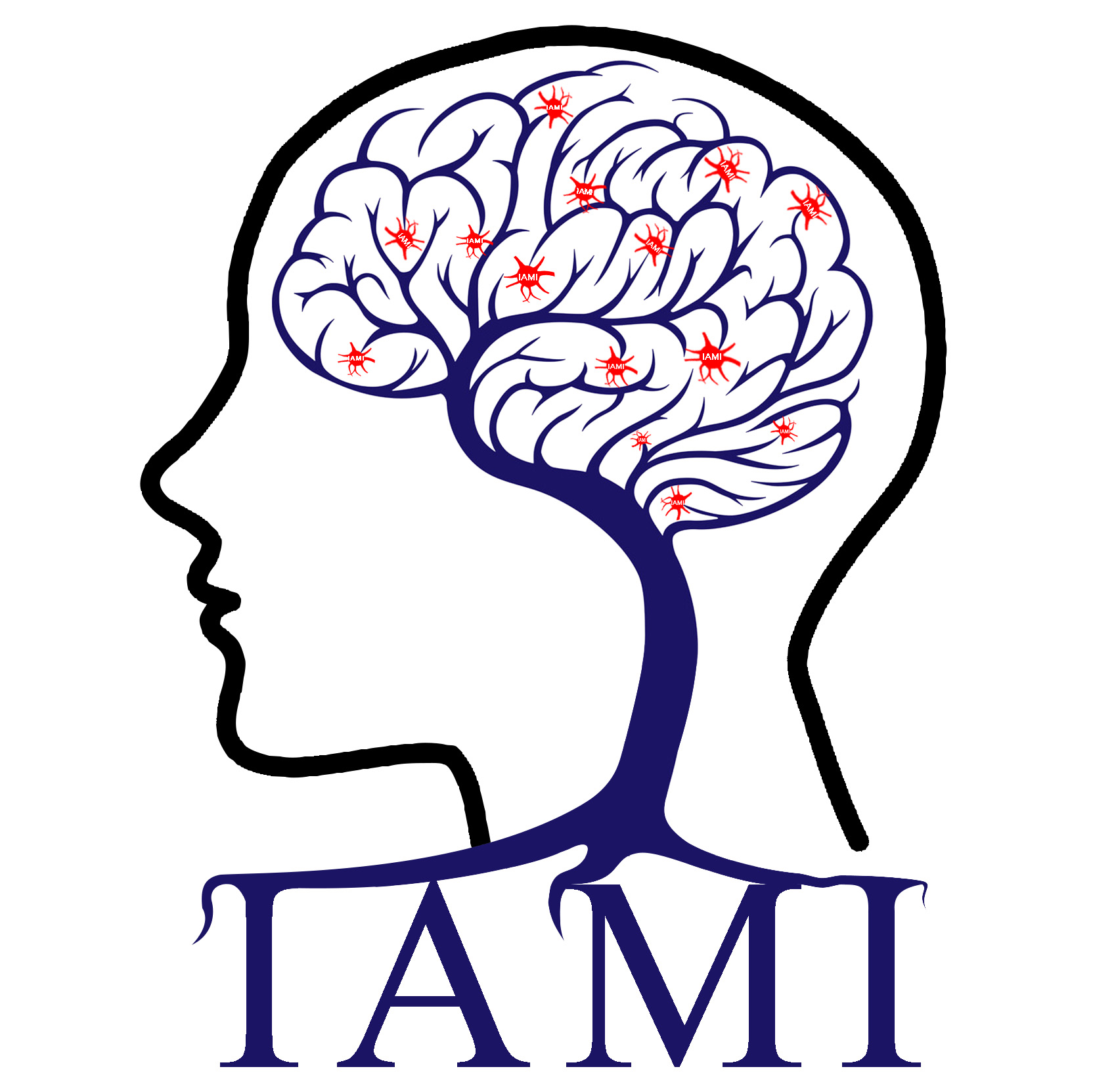
杜宇慧个人网页---智能医学图像分析
地址:中国, 太原
Jing Sui*, Shile Qi, Theo van Erp, Juan Bustillo, Rongtao Jiang, Dongdong Lin, Jessica Turner, Eswar Damaraju, Andy Mayer, Yue Cui, Zening Fu, Yuhui Du, Jiayu Chen, Steven Potkin, Adrian Preda, Daniel H. Mathalon, Judith Ford, James Voyvodic, Bryon A. Mueller, Aysenil Belger, Sarah C. McEwen, O'Leary Daniel S, Agnes McMahon, Tianzi Jiang, and Vince D Calhoun*. Multimodal Neuromarkers in Schizophrenia via Cognition-Guided MRI Fusion. Nature Communications, 2018, 9(1): 3028-3028.
时间:2019-06-12 16:37:09 来源: 点击:[1284]
Abstract
Cognitive impairment is a feature of many psychiatric diseases, including schizophrenia. Here we aim to identify multimodal biomarkers for quantifying and predicting cognitive performance in individuals with schizophrenia and healthy controls. A supervised learning strategy is used to guide three-way multimodal magnetic resonance imaging (MRI) fusion in two independent cohorts including both healthy individuals and individuals with schizophrenia using multiple cognitive domain scores. Results highlight the salience network (gray matter, GM), corpus callosum (fractional anisotropy, FA), central executive and default-mode networks (fractional amplitude of low-frequency fluctuation, fALFF) as modality-specific biomarkers of generalized cognition. FALFF features are found to be more sensitive to cognitive domain differences, while the salience network in GM and corpus callosum in FA are highly consistent and predictive of multiple cognitive domains. These modality-specific brain regions define—in three separate cohorts—promising co-varying multimodal signatures that can be used as predictors of multi-domain cognition.

 您当前的位置:
您当前的位置: